10 Poisonous Plants Found in the United States
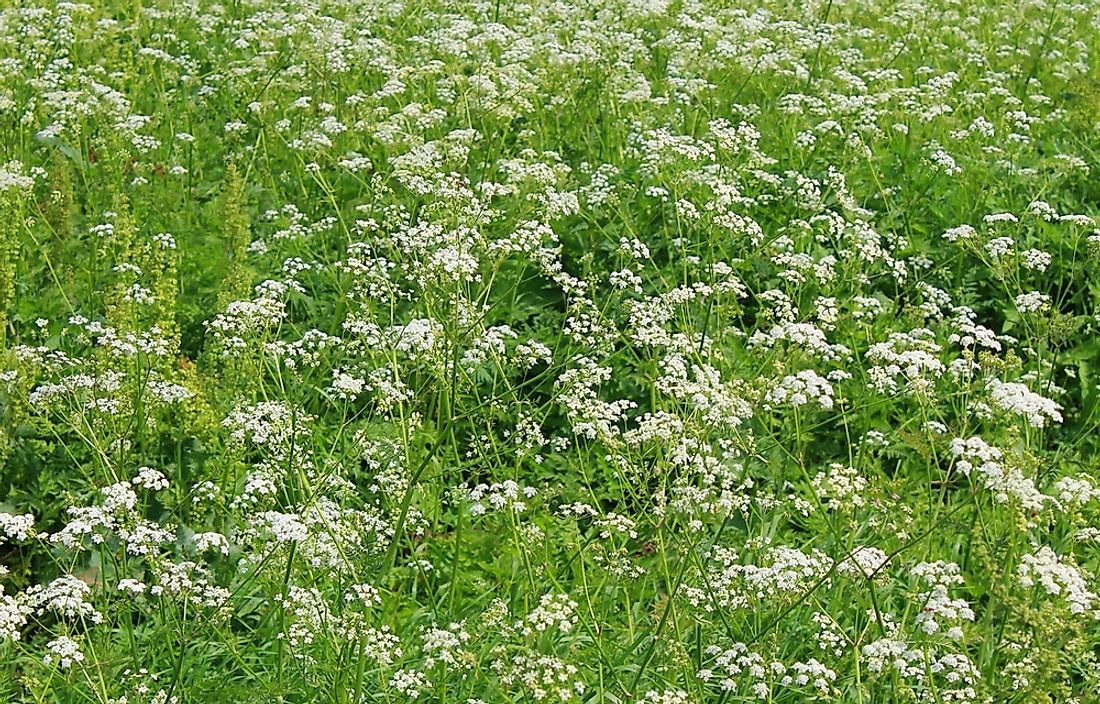
Many plants are harmless. However, some plants harbor the most toxic and deadly poisons known to man. It is alleged that the poison hemlock killed Socrates, and there have been several incidents where children have infested the deadly nightshade. The US has more than 500 species of poisonous plants with the ability to cause harm to human beings. In no particular order, here are 10 of them.
10. Spotted spurge
Spotted spurge is commonly found as a lawn weed. It is found all over its native North America. The plant especially loves to grow in sunny locales. However, the sap that is found on this plant can cause irritation when coming into contact with the skin and is also known to be a carcinogen.
9. Poison Oak
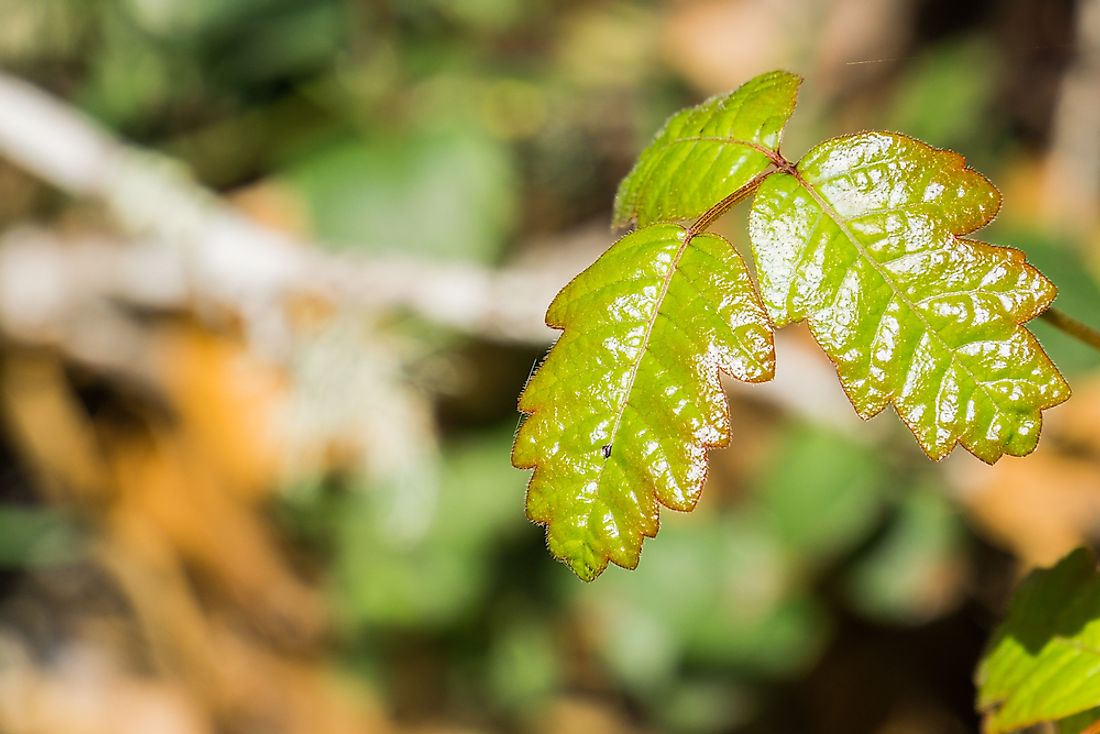
Poison Oak (Toxicodendron diversilobum) is a woody vine or shrub that thrives in the woodlands, conifer and mixed broadleaf forests of the western United States. Its leaves and stems produce an oily substance that is itchy to the human skin and causes rashes. No part of the oak is edible. Colorless bumps result in severe itching while inhaling the smoke from burning oak leads to severe respiratory complications.
8. Daffodil
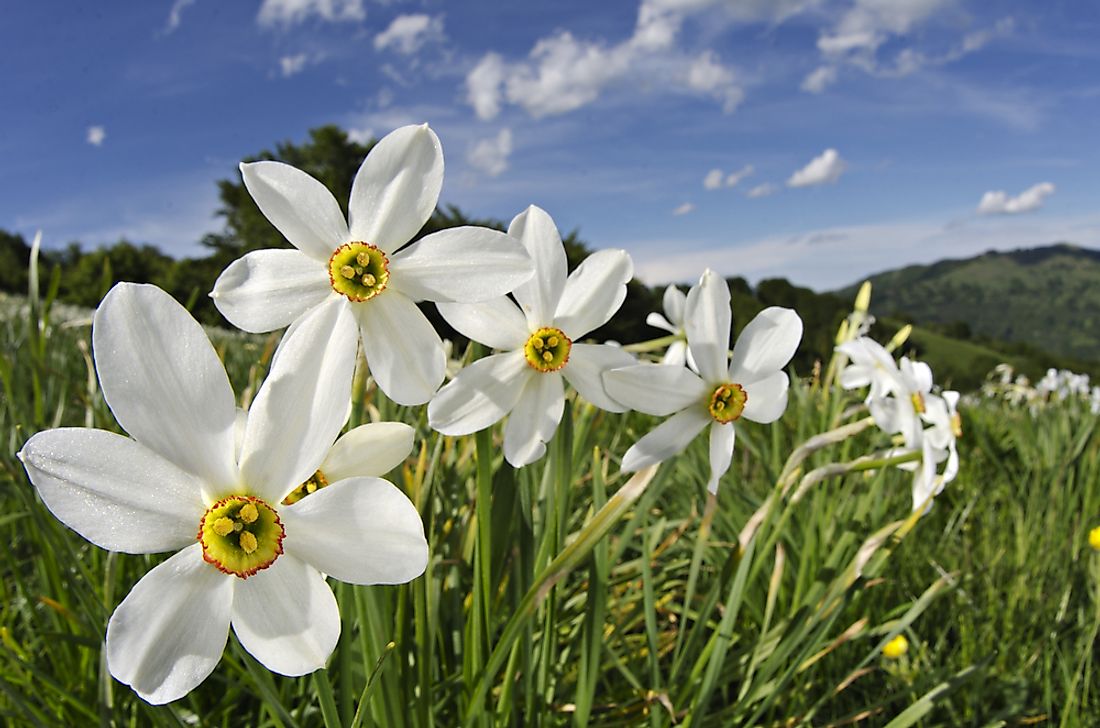
The daffodil (Narcissus poeticus) is a bulb plant with long, flat and dark green leaves. Its flowers are either white, yellow or orange, and has a trumpet like a cap. Although every part of the plant contains the toxic agent lycorine, it is concentrated within the bulb. The flowers contain low levels of the poison, but it comes into contact with children who are attracted by the bright colors. The poison is not very lethal to humans but will result in vomiting, nausea, and diarrhea. In animals who are more likely to consume the plant in high doses, some of the effects include low blood pressure and liver damage.
7. Common Corn-Cockle
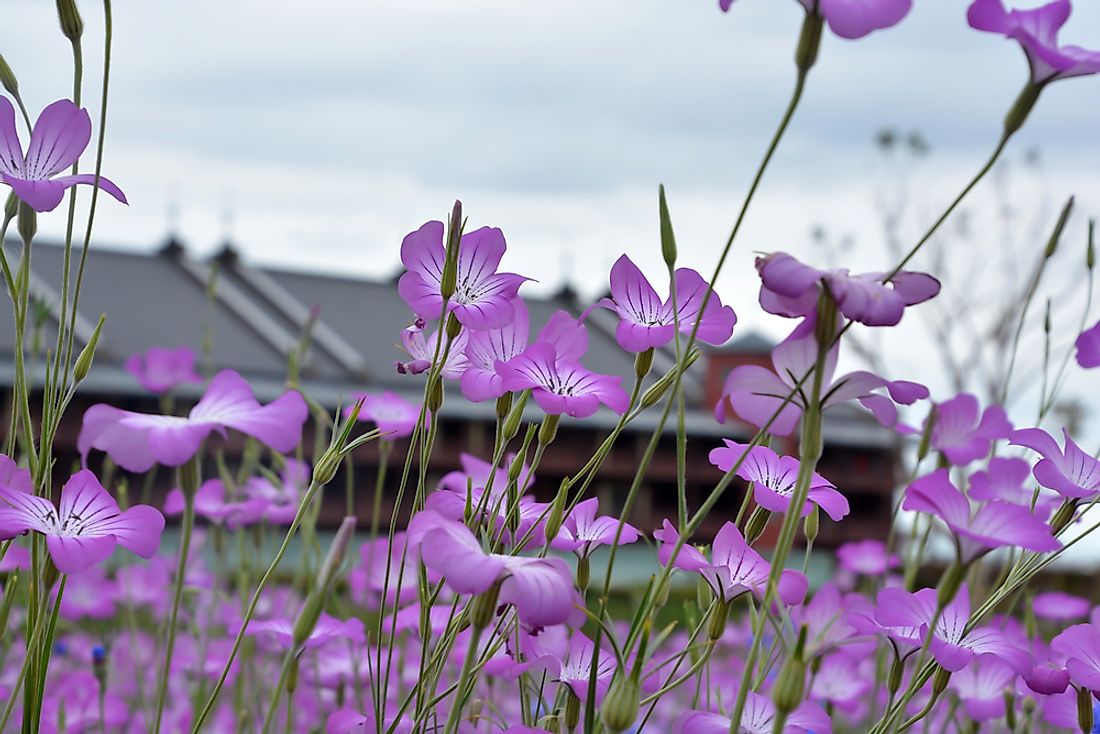
The common corn-cockle (Agrostemma githago) is a whitish plant with violet-red flowers. It has black and irregularly rounded seeds. The plant in common in grain fields of North Dakota, eastern Kansas, Florida, and Louisiana. All parts of the plant are poisonous.
6. Water hemlock
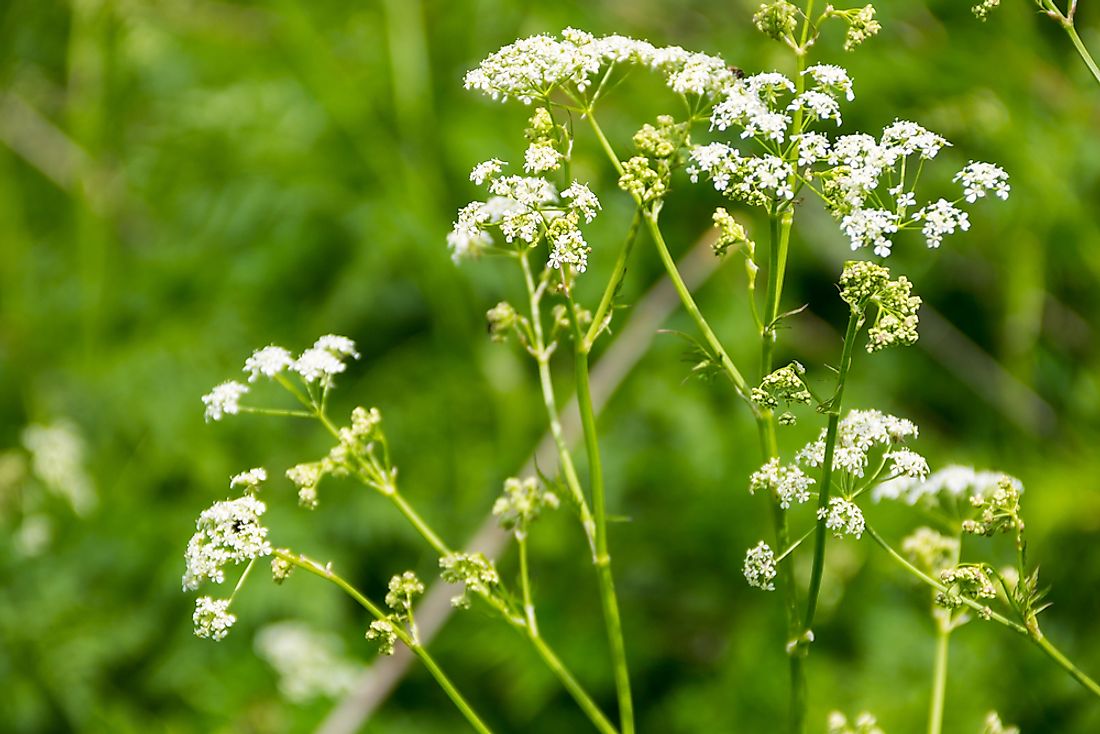
The water Hemlock (Cicuta maculata) is a smooth perennial plant that can grow up to eight feet. It is best known for its little white flowers. It likes to grow around swamp areas. It has a potent poison that gives it the distinction of being North America's most poisonous plant. Victims of the poison suffer from vomiting, unconsciousness, colicky pains and convulsions that may lead to death. Even a small ingestion of water hemlock can cause lasting damage for an individual.
5. Oleander
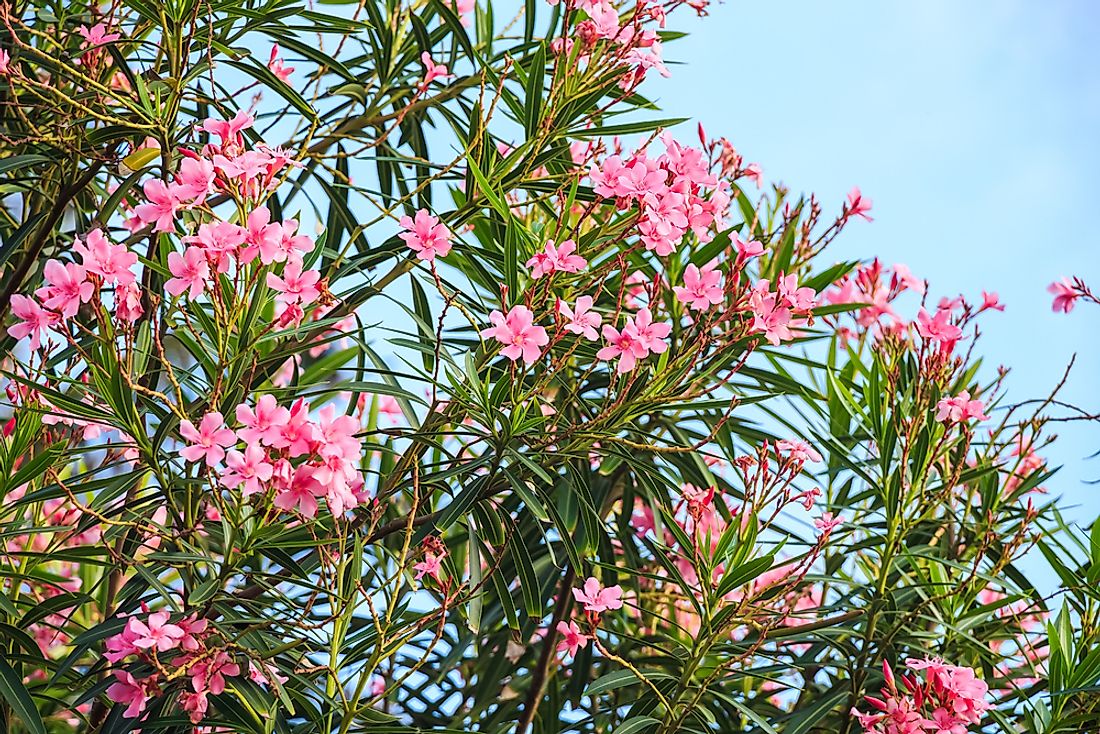
The Oleander (Nerium oleander) is a beautiful flowering shrub that is common in nearly every state in the US because it is cultivated due to its attractive appearance. It is commonly found in school yards, and its victims are mostly children. The stem and leaves of the plant produce a poisonous sap that consists of cardiac glycosides, oleondroside, and saponins. These poisons are present in the plant even after it dries up. Symptoms of oleander poisoning include excess salivation, diarrhea, seizures, coma, and eventually death.
4. Poke berry
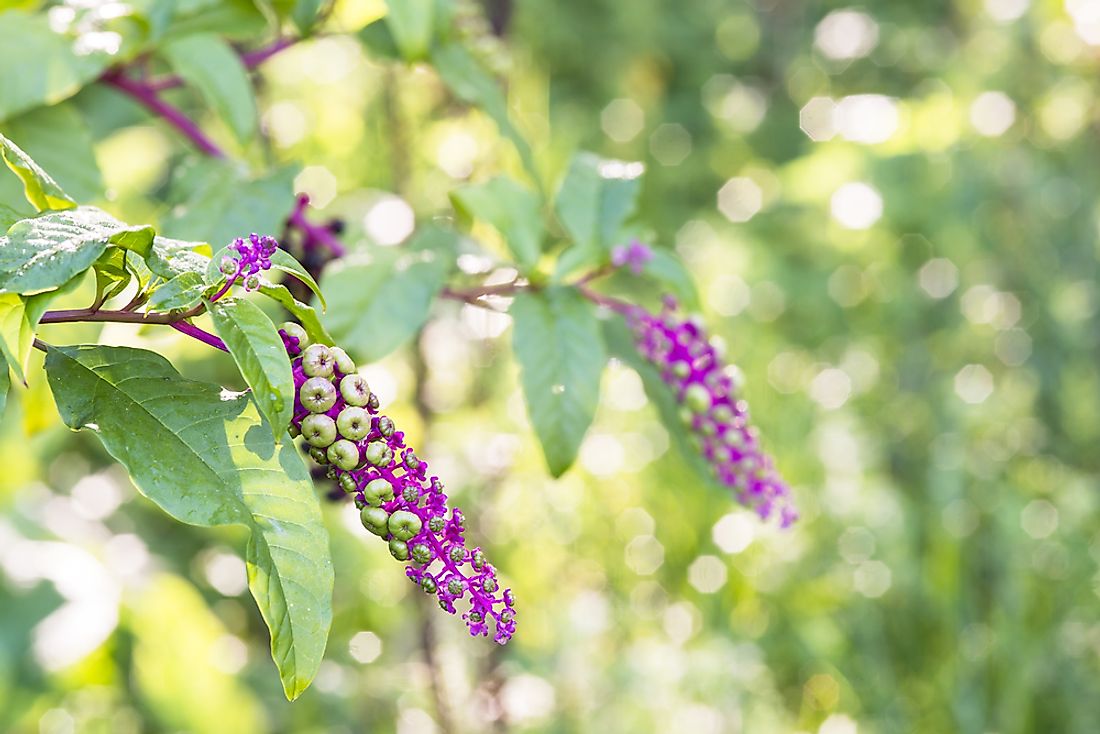
The Poke berry (Phytolacca decandra) is a smooth, succulent plant that can grow to eight feet. It has a purplish stem, thick, half-woody root, and small greenish-white flowers and purple-black berries. It grows in Maine, Florida, Northern Illinois, Eastern Kansas and Texas. The berries are poisonous to humans but not to birds. The seeds are also violently poisonous, and can affect the nervous system.
3. Poison Ivy
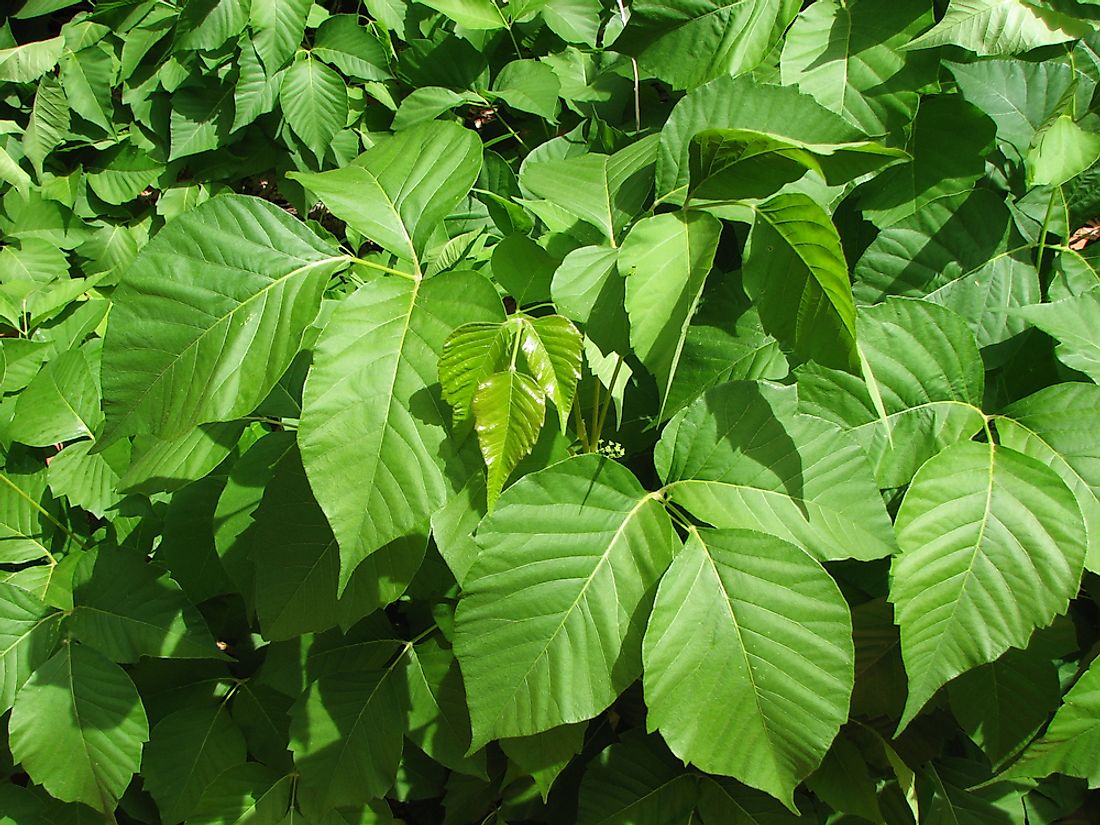
Poison ivy is found in eastern North America. It causes painful skin itches when touched. It is not actually a true ivy but is instead related to cashew and pistachio plants.
2. White hellebore
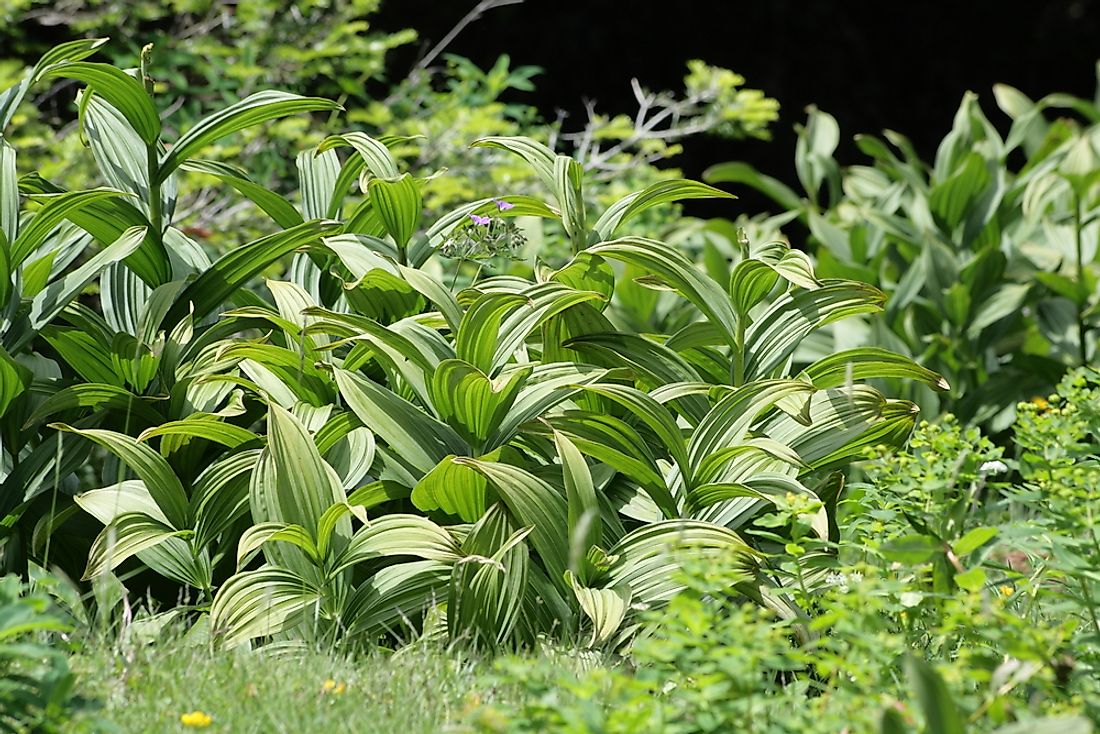
The white hellebore (Veratrum album) is a stout herb that grows to about 7 feet. It has stemless leaves, fleshy root, and yellowish-green flowers. It grows wet meadows along mountain streams and in cold climates, particularly in Maine and Alaska. Its roots are poisonous to humans and animals. The seeds contain veratridine and cevadine which are considered toxins. Symptoms of poisons include paralysis, vomiting, loss of sight, and cathartic effects that can lead to death.
1. Deadly Nightshade
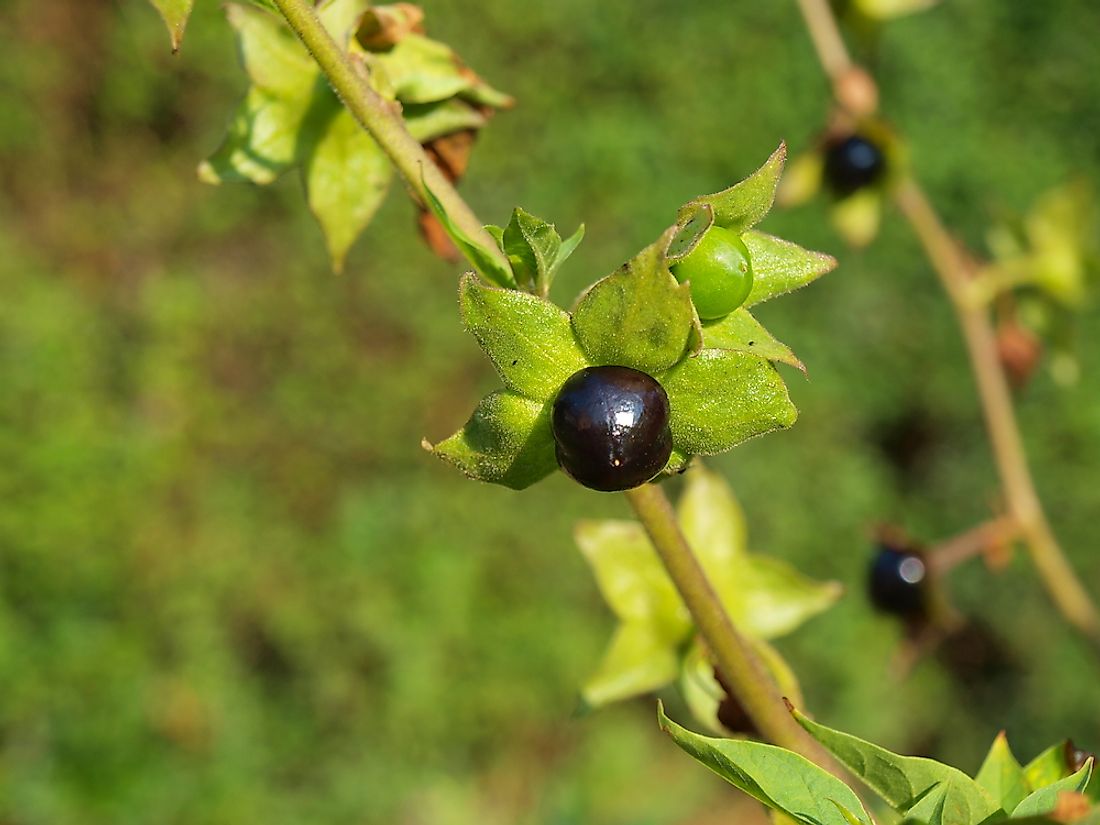
Although not native to the US, deadly nightshade has been introduced to some parts of North America. Both the plant's leaves and berries are extremely toxic when consumed. This can pose a danger to humans and children as the berries may otherwise look appetizing.











